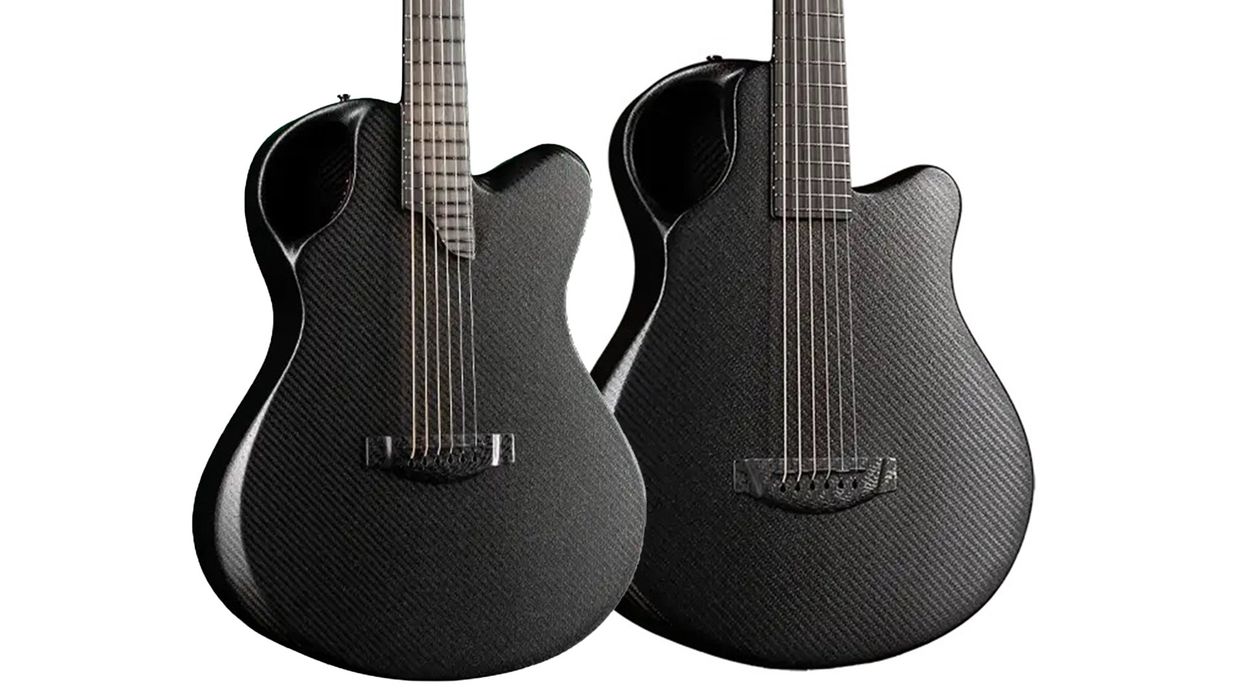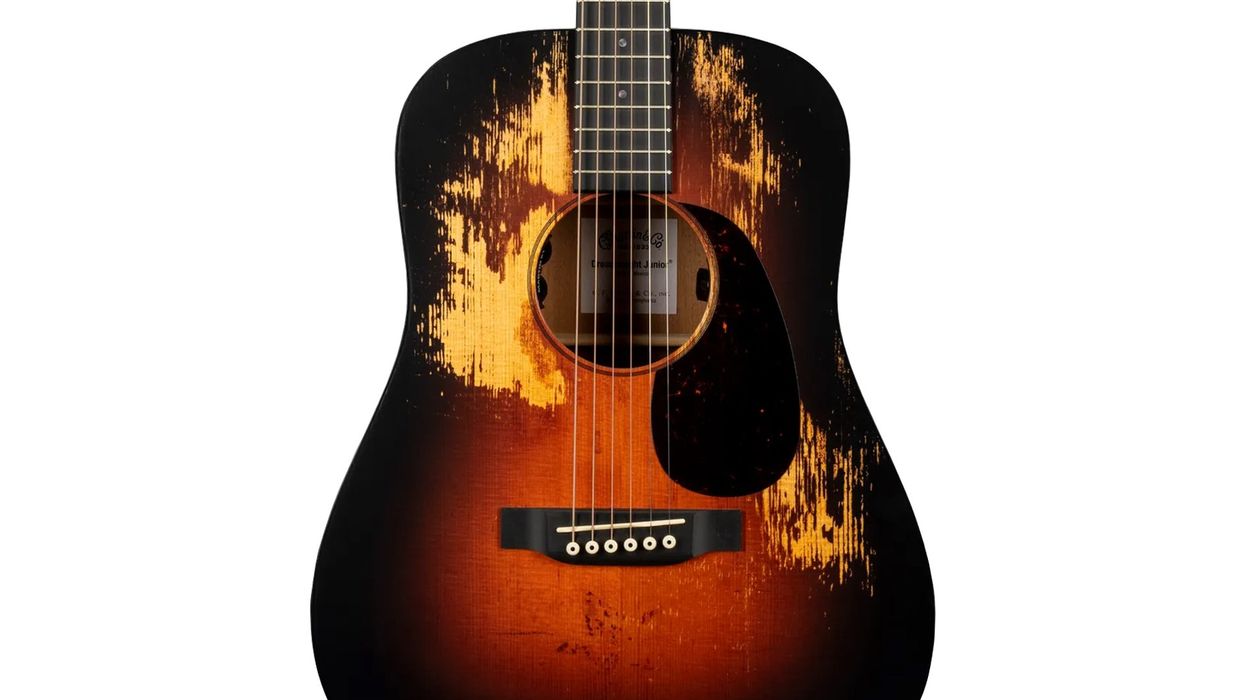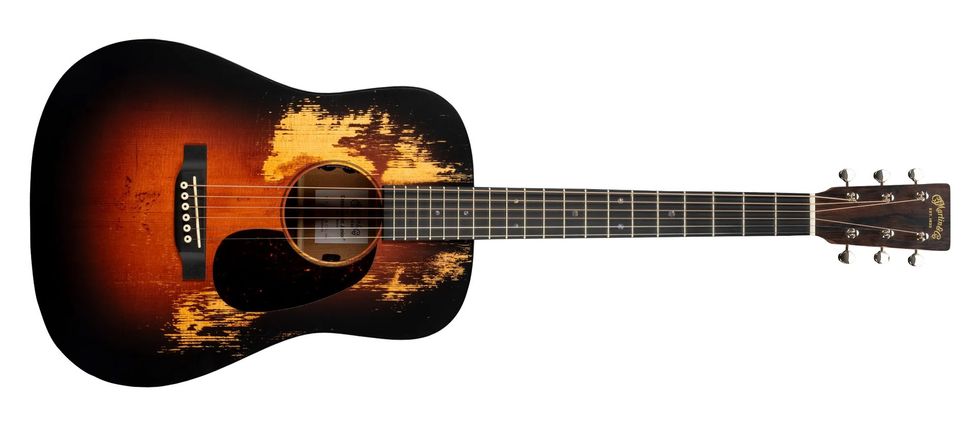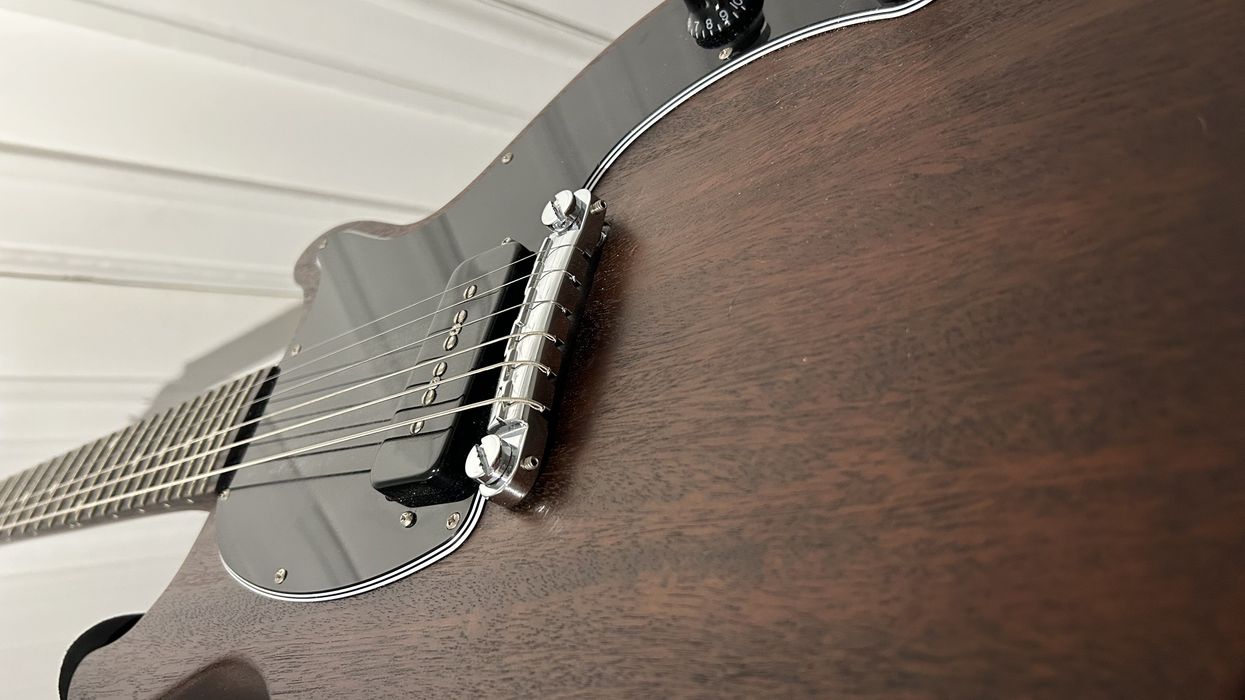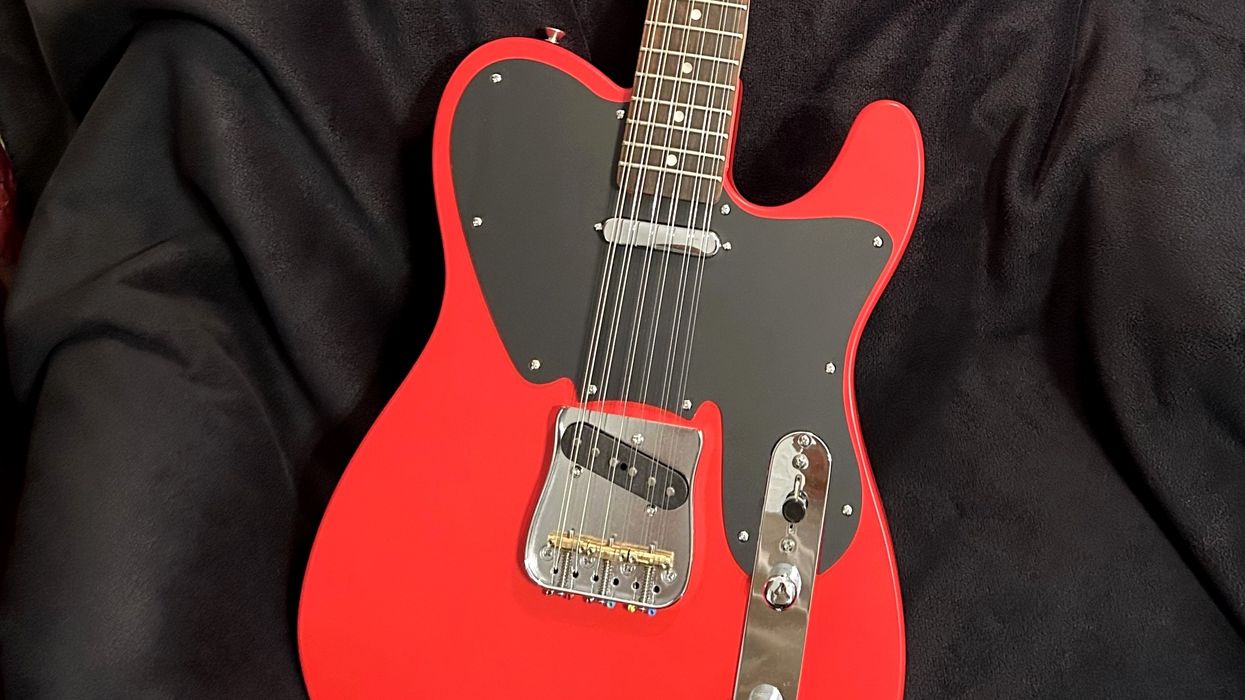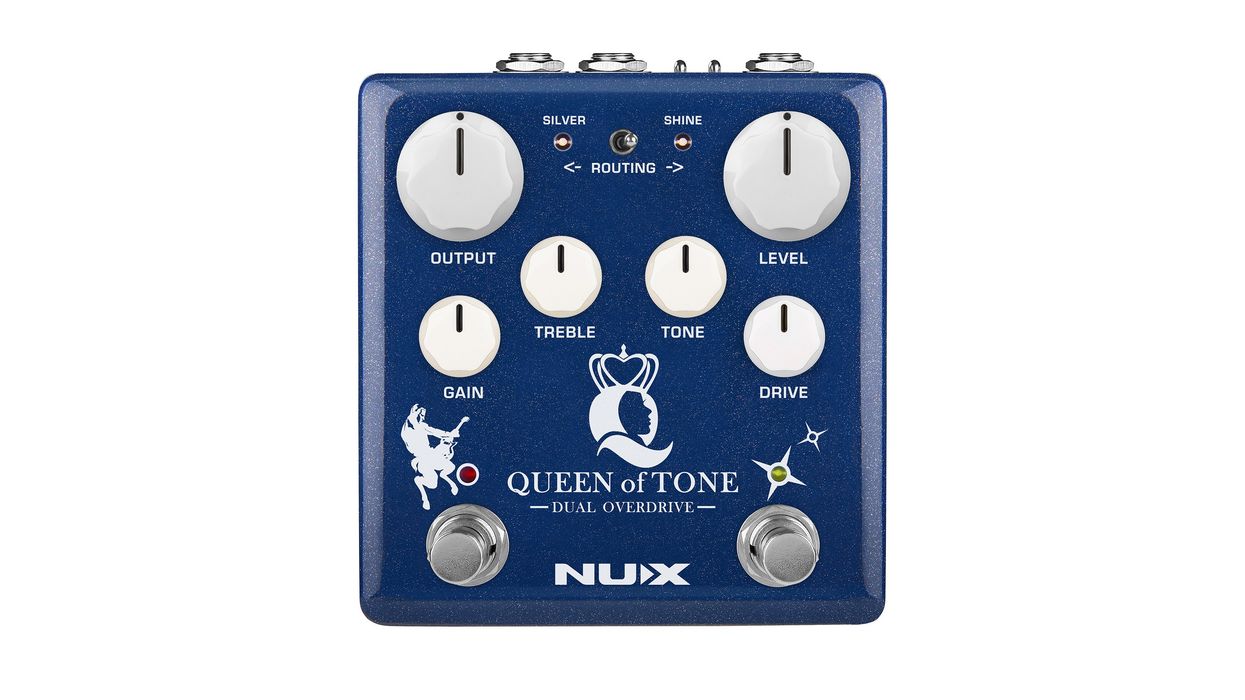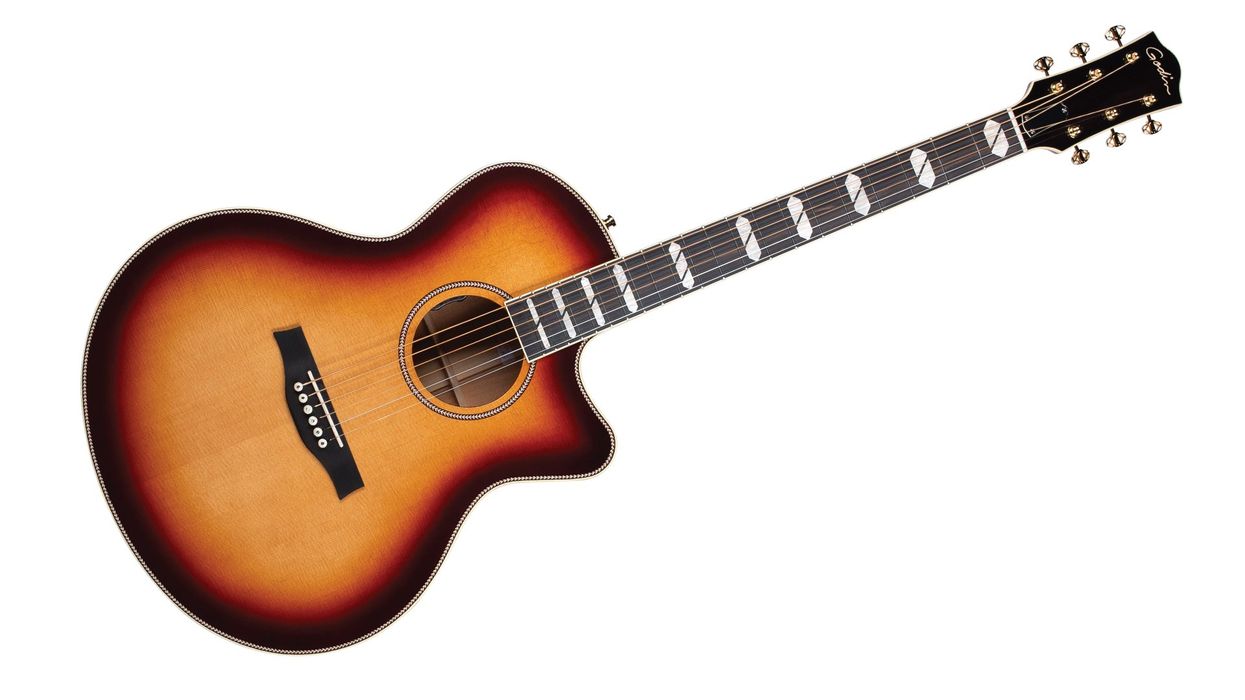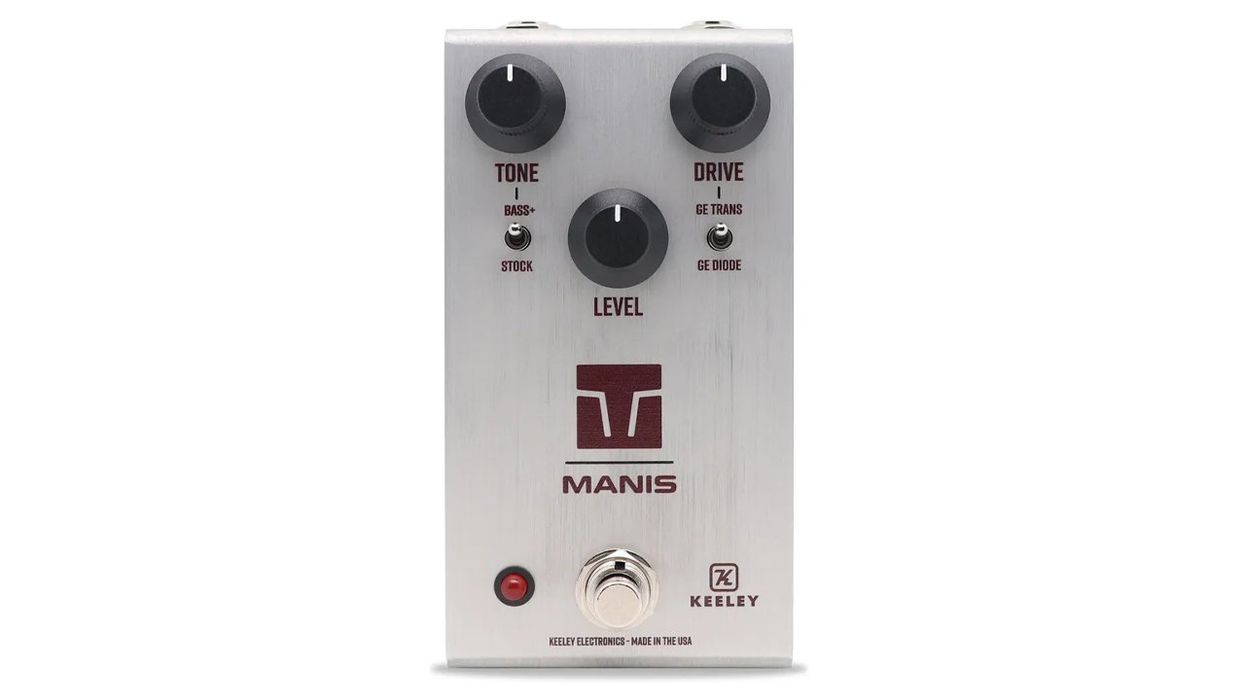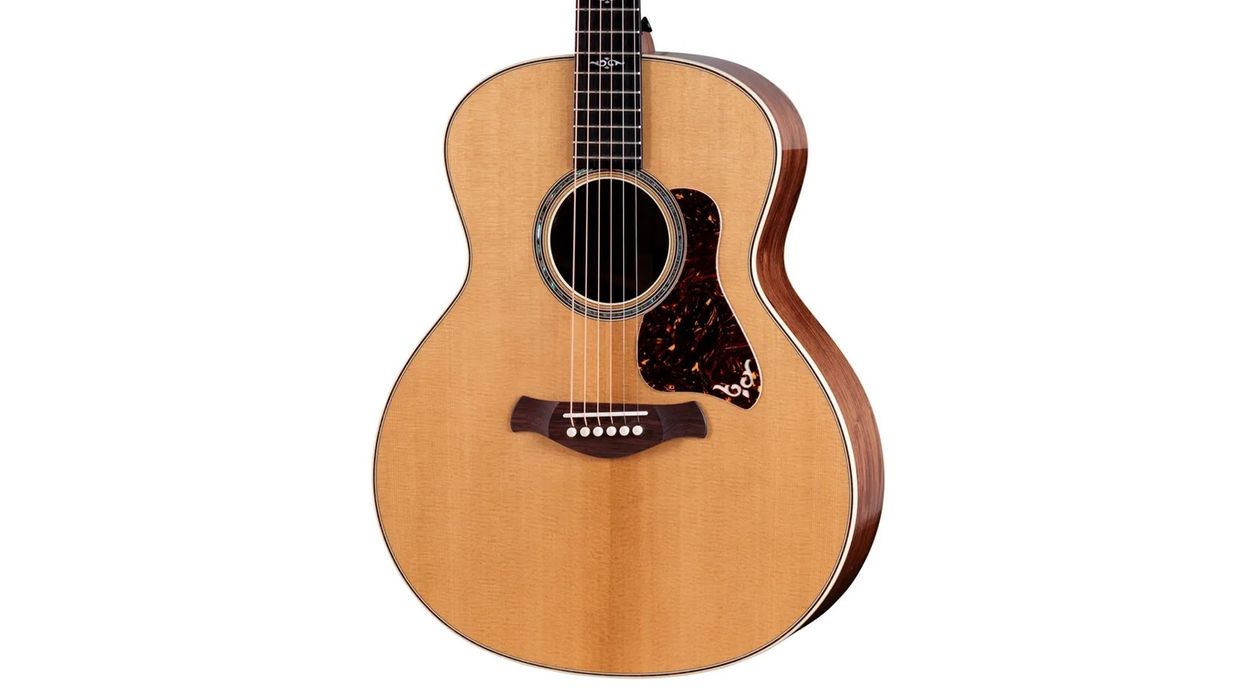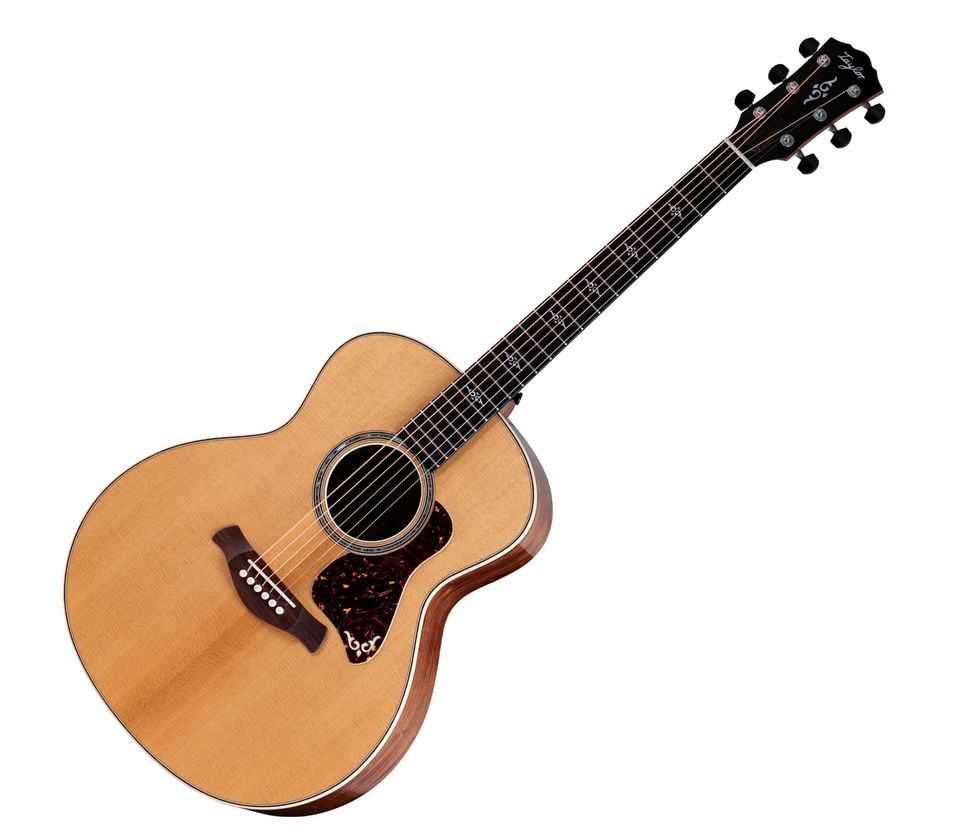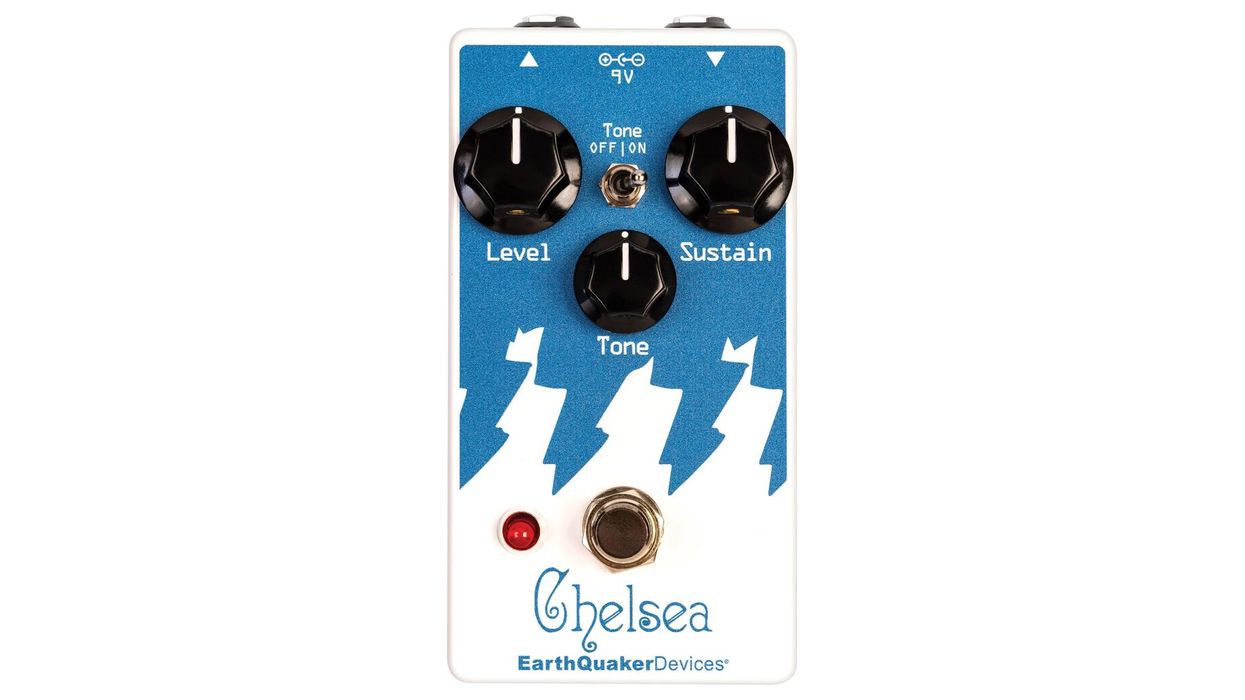Effects that track polyphonically have been high up on guitarists’ wish lists for more than three decades. The ability to apply a particular tonal color to an entire chord rather than just a single note holds obvious appeal for an instrument as harmonically versatile as the guitar.
Yet, aside from a few attempts by a handful of manufacturers like ARP and Roland, polyphonic tracking has remained firmly in the keyboard realm. But recent advances in digital technology have allowed manufacturers to crack the code for polyphonic tracking, making it not only a reality, but a relatively affordable one at that. Most notable among these companies is Electro-Harmonix, whose POG and HOG polyphonic octave synthesizers have become staples of many pedalboards.
While many companies now offer effects that track polyphonically with near-flawless accuracy, these devices tend to have a decidedly digital quality. While their chilly, synthetic sounds offer a unique appeal to the adventurous artist, more traditional players are sure to long for the warmth and comfort of good old analog tone.
Dexter from Taurus Amplification may be the box to satisfy both sides in this polyphonic coin toss. A small company based in Poland, Taurus has been building high-end music gear for close to 30 years. Their recently released Silver line of boutique effect pedals offer state-of-the-art features and exceptional performance in rugged, road-ready boxes.
Taurus’ latest offering is Dexter—a polyphonic octave generator that provides multiple octave voices with excellent tracking and stunningly realistic sound quality.
Like Showtime’s beloved serial killer of the same name, Dexter is a monster inside an unassuming exterior. The 5" x 5.5" bent-steel chassis houses a 24-bit DSP processor that tracks incoming audio and adds a tone one octave above and one octave below any played notes.
The front-panel controls are simple and intuitive, with level and range knobs for each octave voice and an out level knob to control overall volume. A true-bypass switch activates the effect and engages two backlit red “eyes” that let you know when Dexter is at work.
According to Taurus, Dexter’s secret weapons are his range controls, which limit the frequencies processed by the octave generators. Digital octave-down circuits typically track with great accuracy, but the generated tone can be an indecipherable mess if the played note is too low. Similarly, digital octave-up circuits have a tendency to sound harsh and synthetic when tracking higher notes, and their pitch can also wobble. But by adjusting Dexter’s range controls to suit their playing style, players can predetermine the note range tracked by either voice, creating more controlled octaves that blend better with the original notes.
While accurate tracking is certainly a desirable feature, my personal opinion is that the tone of the octave effect is just as important, if not more so. That being said, Dexter’s octave voices sound real. I’ve never heard an octave-up circuit that sounds so much like an actual string rather than a thin, reedy-sounding digital facsimile. Likewise, Dexter’s octave-down voice is tuned to perfection, focusing on the lower midrange rather than the deep subs that typically make octavers sound amorphous and dark.
Blending Dexter’s voices in various combinations yields a broad palette of usable tones ranging from the familiar to the extreme. Standard synth-style sub octaves are easily attainable, as are stunningly thick, warm, and natural-sounding 12-string guitar and 8-string bass simulations. Using both voices together yields massive pipe-organ pads that will make you thank your maker that Taurus took the time to create Dexter. Once again, the realistic and decidedly organic quality of the generated octaves is amazing. I’m incredibly impressed by the tone of this machine.
Dexter has a few minor hiccups. The 12-volt, tip-positive power supply may make it tough to assimilate him into your pedalboard, but trust me—he’s worth the extra effort! Additionally, I would like to be able to mute the dry signal. In Dexter’s current configuration, the dry signal is always present.
These minor issues aside, Dexter is a force to be reckoned with, and is surely one of the best sounding and tracking poly-octaves available. If you’re in the market for this type of effect, I strongly urge you to give Dexter a test run before settling on one of the better-known alternatives—you won’t be disappointed.
For more info on Dexter, including an awesome demo video by Darius Wave, check out:
taurus–amp.pl, or contact Taurus’s U.S. distributor, Osiamo (osiamo.com).
Special thanks to Rawn Randall at Osiamo for loaning Dexter to me. Sorry Rawn — you won’t be getting him back!



